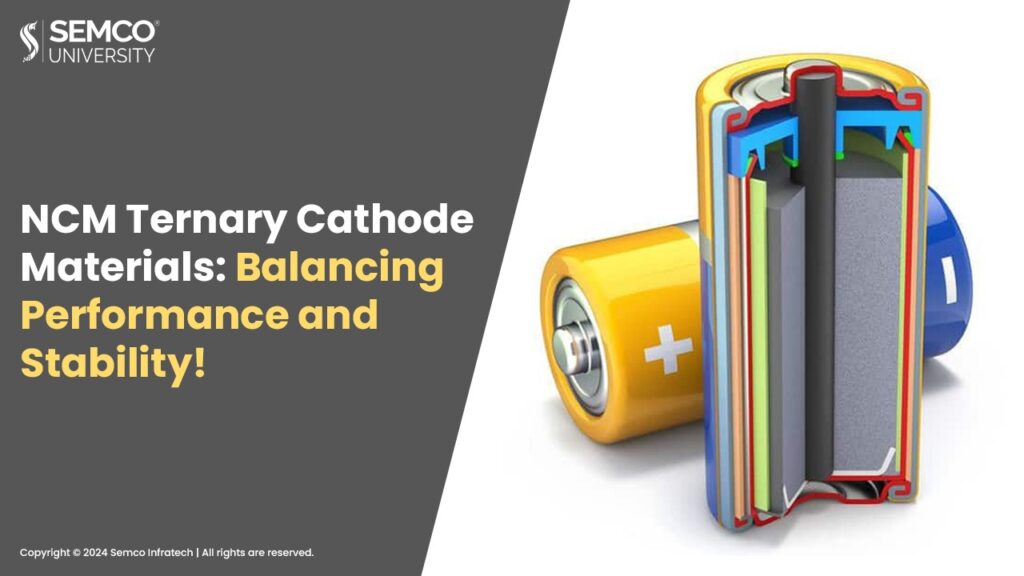NCM Ternary Cathode Materials: Balancing Performance and Stability
NCM (Nickel-Cobalt-Manganese) ternary cathode materials are a key component of lithium-ion batteries, widely used for their high energy density. The content of nickel (Ni) plays a crucial role. As the Ni content increases, the battery’s storage capacity goes up, but its stability decreases. Manganese (Mn) doesn’t participate in the electrochemical reaction directly but enhances structural …
NCM Ternary Cathode Materials: Balancing Performance and Stability Read More »










